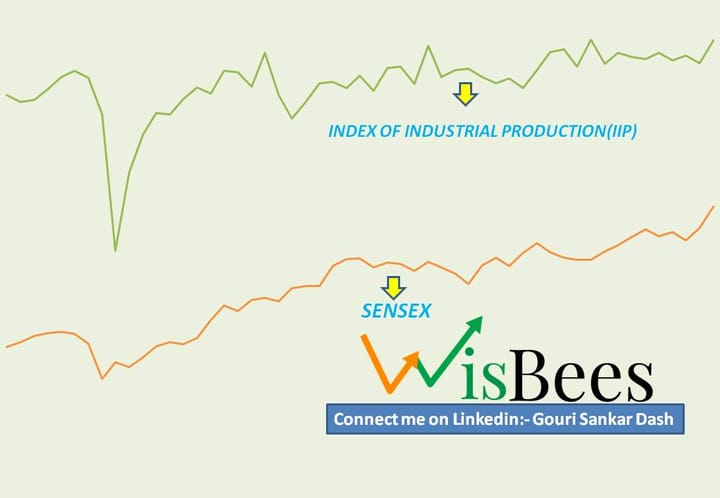Efficient Frontier

The Efficient Frontier is a graph that represents the set of all possible portfolios that can be constructed from a given set of assets. Each point on the graph represents a portfolio that has a certain level of risk (measured by the standard deviation of returns) and a certain level of return (measured by the expected return).
Any portfolio that lies below the Efficient Frontier is considered suboptimal, as it provides a lower expected return for the same level of risk, or a higher level of risk for the same expected return, compared to portfolios on the Efficient Frontier.
Therefore, investors typically aim to construct portfolios that lie on the Efficient Frontier, as these portfolios offer the best tradeoff between risk and return. Portfolios that lie below the Efficient Frontier are considered inefficient, and investors would not typically choose these portfolios.
How it is drawn?
To draw the efficient frontier, we need to first estimate the expected returns and risk (variance or standard deviation) of each asset in the portfolio. Then, we can use these estimates to construct a set of hypothetical portfolios that combine different proportions of the assets.
The efficient frontier is the curve that connects the set of optimal portfolios with the highest expected returns for each level of risk or the lowest level of risk for each level of expected returns. This curve represents the tradeoff between risk and returns for a given set of assets and can help investors make informed decisions about how to allocate their portfolios.
The x-axis represents the standard deviation, which measures the level of risk, and the y-axis represents the expected return.
Steps to draw Efficient Frontier
Determine the Expected Returns and Standard Deviations of Assets:
First, we need to determine the expected returns and standard deviations of the assets we want to include in our portfolio.
Let's consider a hypothetical scenario where we are choosing between two stocks: Company A and Company B.Suppose Company A has an expected return of 15% and a standard deviation of 10%, while Company B has an expected return of 25% and a standard deviation of 20%.
Create Portfolios of Assets:
Next, we create portfolios by allocating different proportions of our investments in each asset.
Expected Return calculation:-:
Expected Return = w1 x ER1 + w2 x ER2 + ... + wn x ERn
Where:
w1, w2, ..., wn are the weights of the n assets in the portfolio.
ER1, ER2, ..., ERn are the expected returns of the n assets in the portfolio.
Standard Deviation Calculation:-
And the standard deviation of this portfolio would be:
The formula used to calculate the standard deviation of a portfolio with two assets is:
where:
σp is the standard deviation of the portfolio
w1 and w2 are the weights of the first and second assets in the portfolio, respectively
σ1 and σ2 are the standard deviations of the first and second assets, respectively
r12 is the correlation coefficient between the first and second assets
Given:-
Let's consider Correlation Coefficient between A&B =0.40
Now assigning different Weights, we can find the expected Return and Standard deviation for each type of portfolio.
This result can be plotted on Graph now.
Plot the Portfolios on a Graph:
You plot the portfolios on a graph, with expected return on the y-axis and risk (measured by standard deviation) on the x-axis. Each point on the graph represents a different portfolio.
We can connect the dots of the plotted portfolios to form a smooth line that represents the efficient frontier. The portfolios on this line provide the highest expected return for a given level of risk or the lowest risk for a given level of return.
Key takeaways
- Efficient frontier represents the set of optimal portfolios that offer the highest expected return for a given level of risk or the lowest risk for a given level of return.
- To draw the efficient frontier, we need to estimate the expected returns and risk of each asset in the portfolio and create a set of hypothetical portfolios by allocating different weights to these assets.
- The efficient frontier is a curved line that connects the set of optimal portfolios with the highest expected returns for each level of risk or the lowest risk for each level of expected returns.
- The efficient frontier can help investors make informed decisions about how to allocate their portfolios by providing a clear tradeoff between risk and return and identifying the optimal portfolios for a given level of risk or return.



